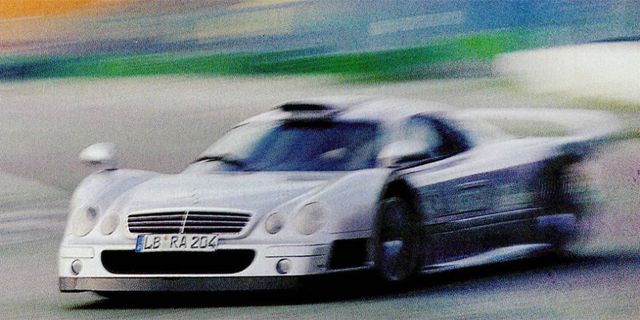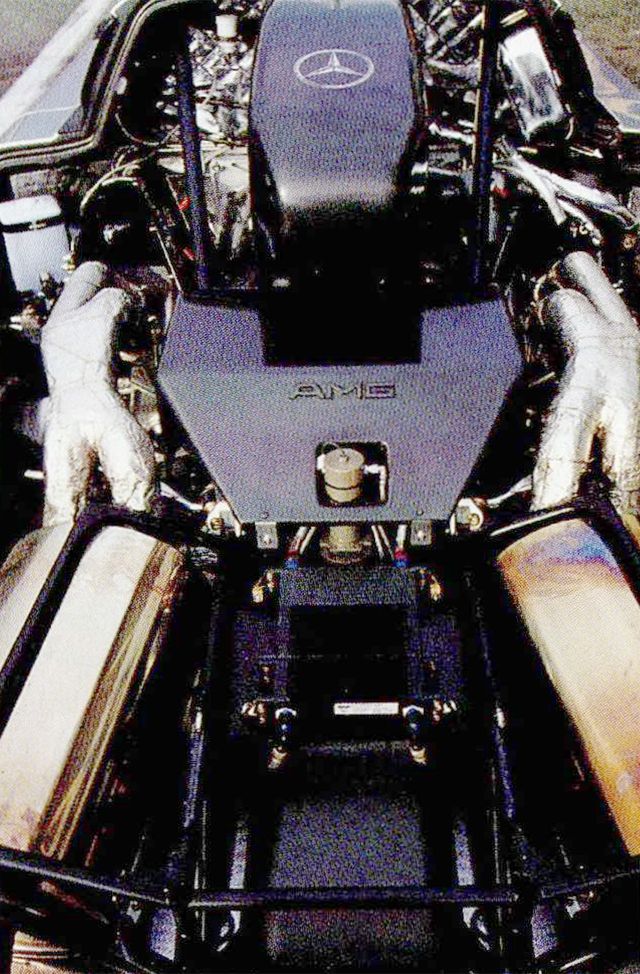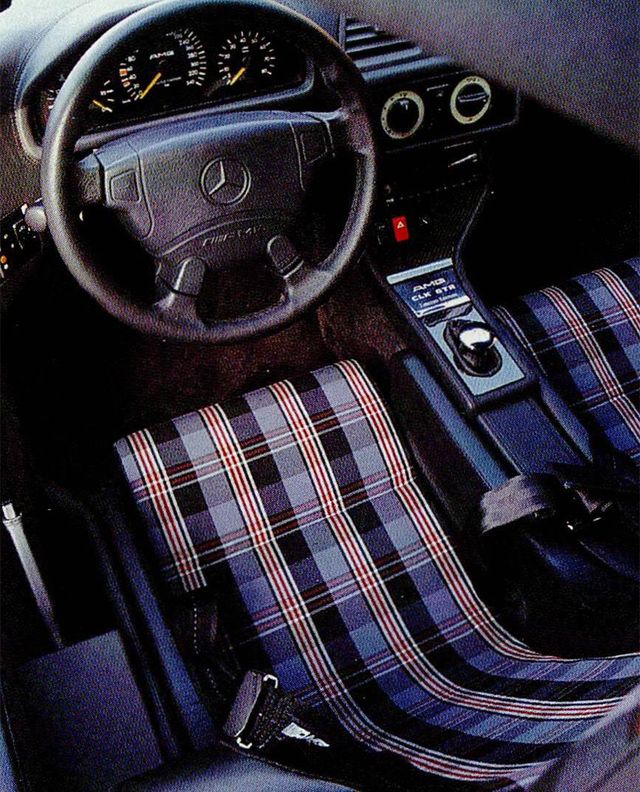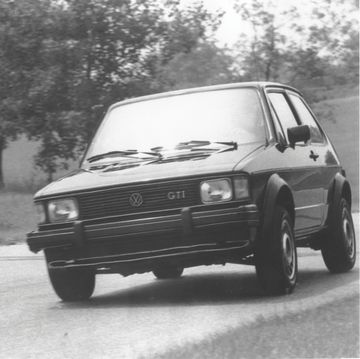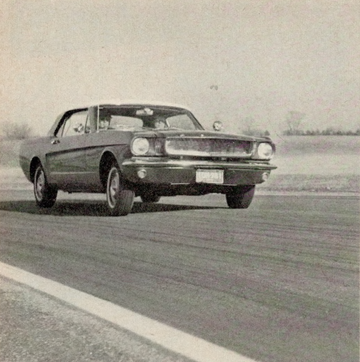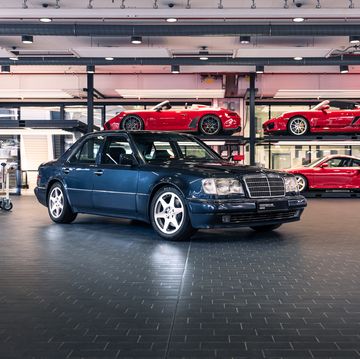The spirit of FIA GT regulations is that the cars are de signed for road use, with racing versions retaining the same basic specifications. In reality, all the contenders in GT1 (logically being renamed GT Prototype for from 1999 on) follow precisely the opposite pattern: These are race cars from which regulatory road versions are derived.
In the case of Mercedes-Benz, both versions were developed by AMG, its affiliated motorsports specialist. In fact, there were two racing variants, the initial VI2 car (we tested it in November 1998) and its V8 sibling introduced at last year's Le Mans 24-hour enduro. Each took pole position in its first race; each failed to finish; and after that each won the FIA GT championship.
The regulatory road version o f the CLK-GTR is based on the earlier V12, mainly because of considerations of balance. The V8 uses a 180-degree crankshaft giving more efficient exhaust pulses but generating unbalanced second-order forces as well. Its resulting roughness was deemed unacceptable for a road car, especially as the engine carries structural loads and thus cannot be isolated through rubber mounts.
In road trim, the V12 produces 612 bhp at 6800 rpm and a gigantic 568 lb.-ft. of torque at 5250. The car is quite heavy, 3405 lb., owing to its lavish appointments—air conditioning, twin airbags, elaborate radio and CD, full leather trim and extensive soundproofing. Yet its power/weight ratio is around 5.6 lb./bhp, translating into acceleration times of 3.8 seconds to 62 mph (0-100 km/h) and 9.9 sec. to 124. Maximum speed is 200 mph, modest (!) because of priority given to stability-producing downforce instead of low drag.
In spite of the car's 76.8-in. width, its cockpit is rather cramped, as the driver is positioned as near to the centerline as possible. This, and its overall height of only 45.8 in., does not aid ingress or egress. Even though the steering wheel is detachable, you almost inevitably must put at least one foot on the seat. This seat is not adjustable, as it will ordinarily be custom-tailored to the purchaser. Once in place, forward vision is excellent, with the front fenders prominently in view. The only vision to the rear is through the external mirrors; however, few people would use the CLK-GTR for daily journeys or going to the supermarket.
The car's crash gearbox is shifted by steering wheel-mounted paddles operative only when the clutch pedal is fully depressed. Correct synchronization of clutch and paddle is essential for reliable shifting and is rather difficult. The clutch itself is typical of a racing car's; very much of the in-or-out variety.
This may be the road ver- sion, but its attributes are best enjoyed on a track.
I drove the CLK-GTR around Hockenheim's short course and I was impressed by its tractability in spite of its extreme power. On the exit from a 35-mph corner in 6th gear, the car pulled not only smoothly, but quite vigorously as well, from around 1300 rpm. And, in the correct gear, its immediate response was astonishing. As parts of the track were damp that day, there is little I can report about the car's ultimate handling. However, its available urge is such that power oversteer is almost al ways on command—even on a dry surface.
Most people not familiar with such cars would judge the CLK-GTR very noisy. Mechanical noises from the engine's intake and exhaust mix with those from its straight-cut gears. But, by racing standards, the CLK-GTR is quite a silent car, much more so than the Porsche GT1 road version I drove (see R&T, September 1998). Obviously, considerable weight has gone into the CLK-GTR's soundproofing materials.
Yet, were it ever to venture into city traffic, the Porsche would be more livable, primarily because of its conventionally operated synchromesh gearbox, more progressive clutch and, paradoxically, its comparative lack of explosive torque at modest rpm.
Surely most of the 25 CLK- GTRs (each priced—by regulation—at $1 million) will go to collectors who seldom, if ever, take their cars out on the road. Yet, even if they miss the thrill of this car's fabulous performance, they are still able to admire its wonderful craftsmanship. Suspension components are machined to near-clock work precision; the fit of the semi-gullwing doors and other composite bodywork is astounding, better than the steel bodies of most luxury cars.
The CLK-GTR road car is a real work of art.
